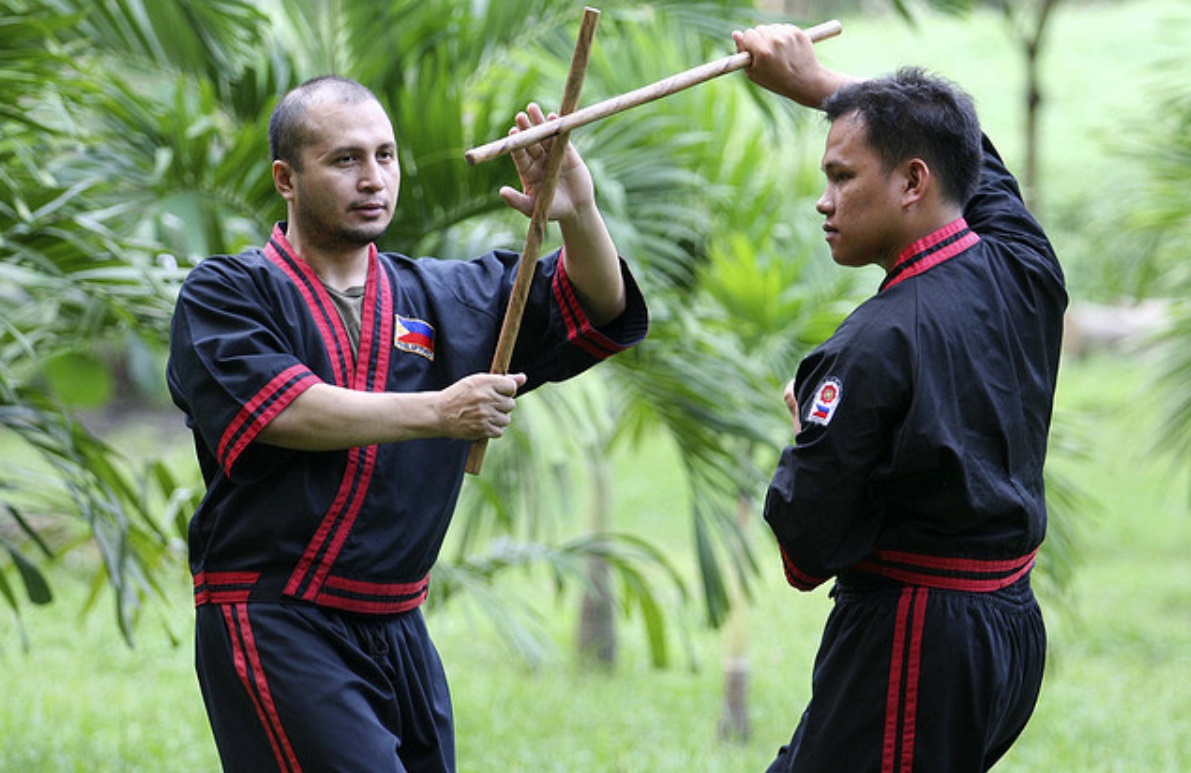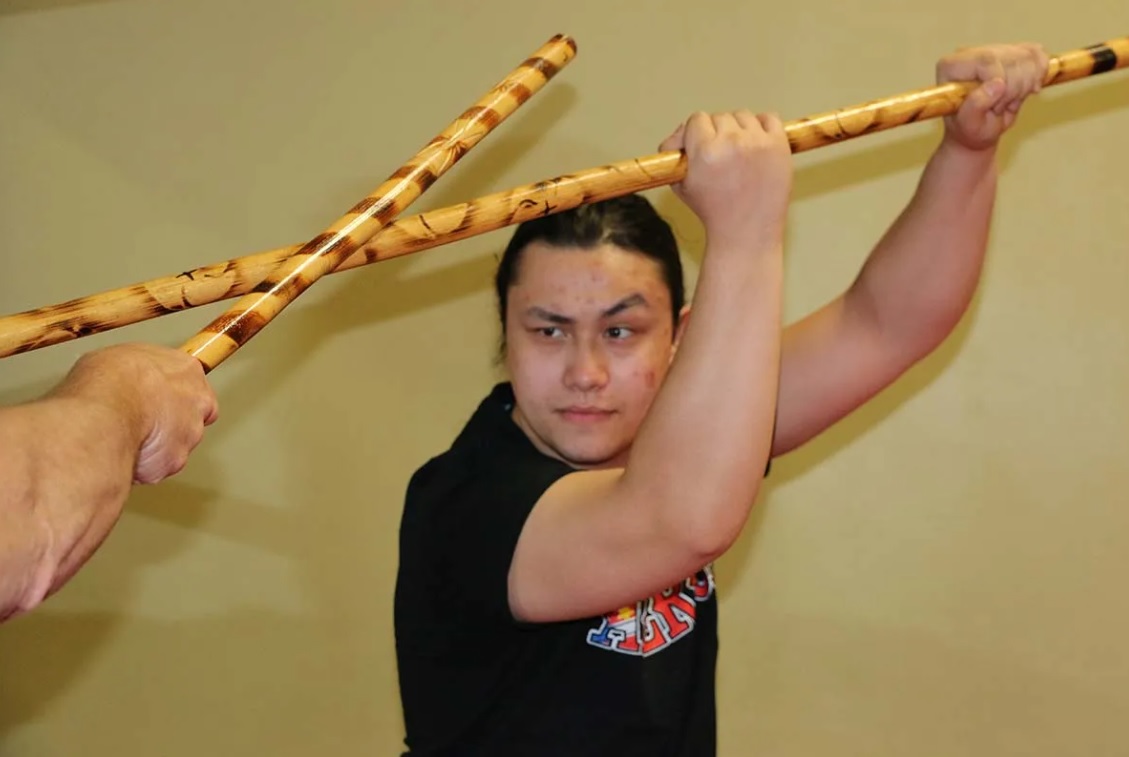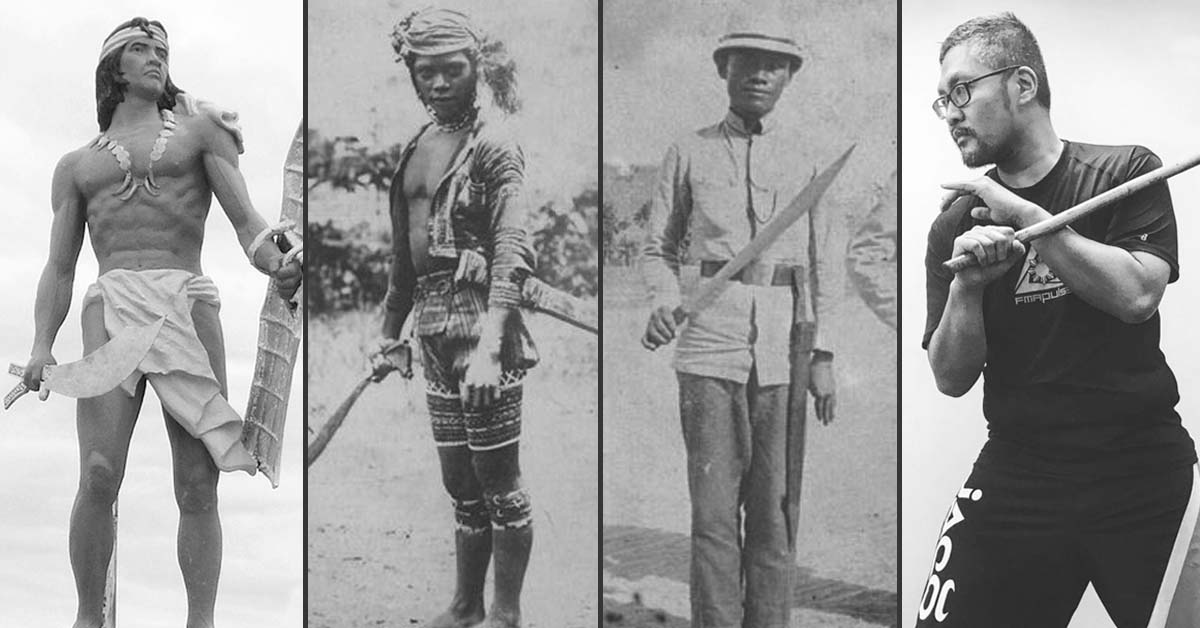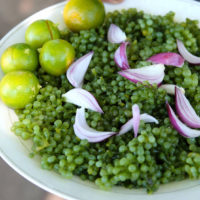
Ancient martial arts techniques that have transcended through time, the world of Filipino martial arts has made its mark as one of the most effective close-combat techniques the world has ever known.
Known for its adaptability, ingenuity, and fluidity of movements, FMA (Filipino Martial Arts) is practiced worldwide, incorporated in military training programs, and featured in popular culture.
Let’s dive into the world of FMA, understanding its origins, modern applications, and the three most well-known disciplines.
Filipino Martials Arts: Eskrima, Arnis, and Kali
The exact origin of Filipino martial arts is unknown, but it is widely believed that they were practiced before the Spanish colonial times. An elite warrior class known as the “Mandirigmas” were known to have exhibited these martial arts disciplines, believed to have been used in tribal warfare.
Today, these styles have lived on, having incorporated modern techniques such as Spanish fencing and American boxing. Filipino martial arts are also regarded as one of the Philippines’ cultural gems, much like the country’s must-see festivals.
Let’s take a look at the top 3 most well-known Filipino Martial Arts:
1. Eskrima
Eskrima, a style from the Visayas region, is a comprehensive martial arts style focused on weapon fighting. Sticks and blades are incorporated with strikes, thrusts, and blocks. Eskrima’s philosophy centers around adaptability, war, and defending oneself with objects, such as bladed weapons and sticks around the surroundings.
2. Arnis

A term often used in the northern regions of the Philippines, arnis is also focused on weapons-based training, particularly a rattan stick. It was inducted as the national martial art of the Philippines in 2009. Emphasizing using a stick to disarm the opponent and defend the self, it incorporates footwork and the empty-hand technique in its combat style.
3. Kali
Often used as a catch-all term outside the Philippines for FMA, it emphasizes practical self-defense and adaptability. Kali involves striking, joining locks, and grappling, with an equal focus on offensive and defensive movements. It has the philosophy of using found objects as an extension of the arm, encouraging its practitioners to use found objects/whatever’s available for close combat.
Though these are the most recognized FMA, other disciples include the Buno, Sikaran, Labanan, and Dumog, among the many styles that have continued to exist in modern times.
The Evolution of Filipino Martial Arts

Filipino martial arts originated as combat disciplines and were helpful in tribal warfare and self-defense techniques against invaders. Origins and influences are undocumented, but similar styles in neighboring regions show influences from Chinese, Malay, and Spanish martial arts.
One such influence is believed to have been the Majapahit Empire, a powerful kingdom in Southeast East Asia that existed before the arrival of the Spaniards on Philippine soil. Weapon handling, striking, and footwork were definitive of the Empire’s combat strategies, also seen in FMA.
With the arrival of the Spaniards to Philippine soil, FMA gradually lost its significance as combat disciplines and became a cultural heritage preserving indigenous Filipinos’ identity. Weapons of choice that are utilized today include:
- The baston (used by local law enforcement).
- The bolo or machete (used in practice and cultural performances).
- Sundang (Filipino sword).
- Kris (a wavy blade dagger)
It has revived its popularity as a martial art for close combat. It is featured in Hollywood films’ fighting scenes such as Taken, The Bourne Supremacy, The Hunted, Pacific Rim, and many others.
In military training, FMA is incorporated in the US Army’s Modern Army Combatives program, which recognizes the effectiveness of these disciplines in close-quarters combat. The Russian Spetsnaz have also been known to practice arnis and eskrima.
Conclusion
Fluid, adaptable, and flexible, Filipino Martial Arts represents the Filipino spirit and ingenuity. Though eskrima, arnis, and kali are rarely used for tribal combat and self-defense today, continuing the cultural heritage of these practices preserves the country’s rich identity.
Related article: From Tradition to Identity: Exploring the Cultural Heritage of the Philippines
With arnis being taught in school as a physical education subject, it continues to be celebrated and practiced by the younger generations. As more and more recognition for FMA is occurring globally and in popular culture, it is only fitting that Filipinos devote their time and passion to learning these disciplines, which highlight the unique history of indigenous martial arts in the country.
Schools, local instructors, the military, and law enforcement are some places to learn about FMA. Please pick up a ratton baton today and start learning the ancient practices of our elite warriors.
Read more Health & Wellness articles for more interesting topics.
–
Featured Image by FMA Pulse





